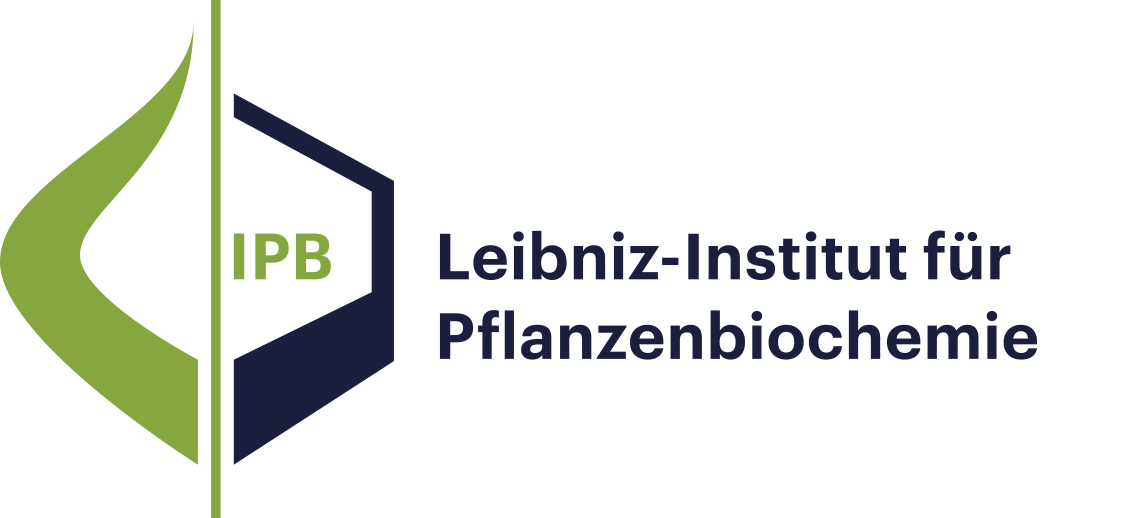Publikationen - Molekulare Signalverarbeitung
- Ergebnisse als:
- Druckansicht
- Endnote (RIS)
- BibTeX
- Tabelle: CSV | HTML
Publikation
Publikation
Publikation
Diese Seite wurde zuletzt am 15 Aug 2012 geändert.
Leitbild und Forschungsprofil
Molekulare Signalverarbeitung
Natur- und Wirkstoffchemie
Biochemie pflanzlicher Interaktionen
Stoffwechsel- und Zellbiologie
Unabhängige Nachwuchsgruppen
Program Center MetaCom
Publikationen
Gute Wissenschaftliche Praxis
Forschungsförderung
Netzwerke und Verbundprojekte
Symposien und Kolloquien
Alumni-Forschungsgruppen
Publikationen
Publikationen - Molekulare Signalverarbeitung
Publikation
Seed germination is a critical stage in the plant life cycle and the first step toward successful plant establishment. Therefore, understanding germination is of important ecological and agronomical relevance. Previous research revealed that different seed compartments (testa, endosperm, and embryo) control germination, but little is known about the underlying spatial and temporal transcriptome changes that lead to seed germination. We analyzed genome-wide expression in germinating Arabidopsis (Arabidopsis thaliana) seeds with both temporal and spatial detail and provide Web-accessible visualizations of the data reported (vseed.nottingham.ac.uk). We show the potential of this high-resolution data set for the construction of meaningful coexpression networks, which provide insight into the genetic control of germination. The data set reveals two transcriptional phases during germination that are separated by testa rupture. The first phase is marked by large transcriptome changes as the seed switches from a dry, quiescent state to a hydrated and active state. At the end of this first transcriptional phase, the number of differentially expressed genes between consecutive time points drops. This increases again at testa rupture, the start of the second transcriptional phase. Transcriptome data indicate a role for mechano-induced signaling at this stage and subsequently highlight the fates of the endosperm and radicle: senescence and growth, respectively. Finally, using a phylotranscriptomic approach, we show that expression levels of evolutionarily young genes drop during the first transcriptional phase and increase during the second phase. Evolutionarily old genes show an opposite pattern, suggesting a more conserved transcriptome prior to the completion of germination.
Publikation
Plant genomes encode numerous small molecule glycosyltransferases which modulate the solubility, activity, immunogenicity and/or reactivity of hormones, xenobiotics and natural products. The products of these enzymes can accumulate to very high concentrations, yet somehow avoid inhibiting their own biosynthesis. Glucosyltransferase UGT74B1 (UDP-glycosyltransferase 74B1) catalyses the penultimate step in the core biosynthetic pathway of glucosinolates, a group of natural products with important functions in plant defence against pests and pathogens. We found that mutation of the highly conserved Ser284 to leucine [wei9-1 (weak ethylene insensitive)] caused only very mild morphological and metabolic phenotypes, in dramatic contrast with knockout mutants, indicating that steady state glucosinolate levels are actively regulated even in unchallenged plants. Analysis of the effects of the mutation via a structural modelling approach indicated that the affected serine interacts directly with UDP-glucose, but also predicted alterations in acceptor substrate affinity and the kcat value, sparking an interest in the kinetic behaviour of the wild-type enzyme. Initial velocity and inhibition studies revealed that UGT74B1 is not inhibited by its glycoside product. Together with the effects of the missense mutation, these findings are most consistent with a partial rapid equilibrium ordered mechanism. This model explains the lack of product inhibition observed both in vitro and in vivo, illustrating a general mechanism whereby enzymes can continue to function even at very high product/precursor ratios.
Publikation
Wound responses in plants have to be coordinated between organs so that locally reduced growth in a wounded tissue is balanced by appropriate growth elsewhere in the body. We used a JASMONATE ZIM DOMAIN 10 (JAZ10) reporter to screen for mutants affected in the organ-specific activation of jasmonate (JA) signaling in Arabidopsis thaliana seedlings. Wounding one cotyledon activated the reporter in both aerial and root tissues, and this was either disrupted or restricted to certain organs in mutant alleles of core components of the JA pathway including COI1, OPR3, and JAR1. In contrast, three other mutants showed constitutive activation of the reporter in the roots and hypocotyls of unwounded seedlings. All three lines harbored mutations in Novel Interactor of JAZ (NINJA), which encodes part of a repressor complex that negatively regulates JA signaling. These ninja mutants displayed shorter roots mimicking JA-mediated growth inhibition, and this was due to reduced cell elongation. Remarkably, this phenotype and the constitutive JAZ10 expression were still observed in backgrounds lacking the ability to synthesize JA or the key transcriptional activator MYC2. Therefore, JA-like responses can be recapitulated in specific tissues without changing a plant’s ability to make or perceive JA, and MYC2 either has no role or is not the only derepressed transcription factor in ninja mutants. Our results show that the role of NINJA in the root is to repress JA signaling and allow normal cell elongation. Furthermore, the regulation of the JA pathway differs between roots and aerial tissues at all levels, from JA biosynthesis to transcriptional activation.
Diese Seite wurde zuletzt am 15 Aug 2012 geändert.

